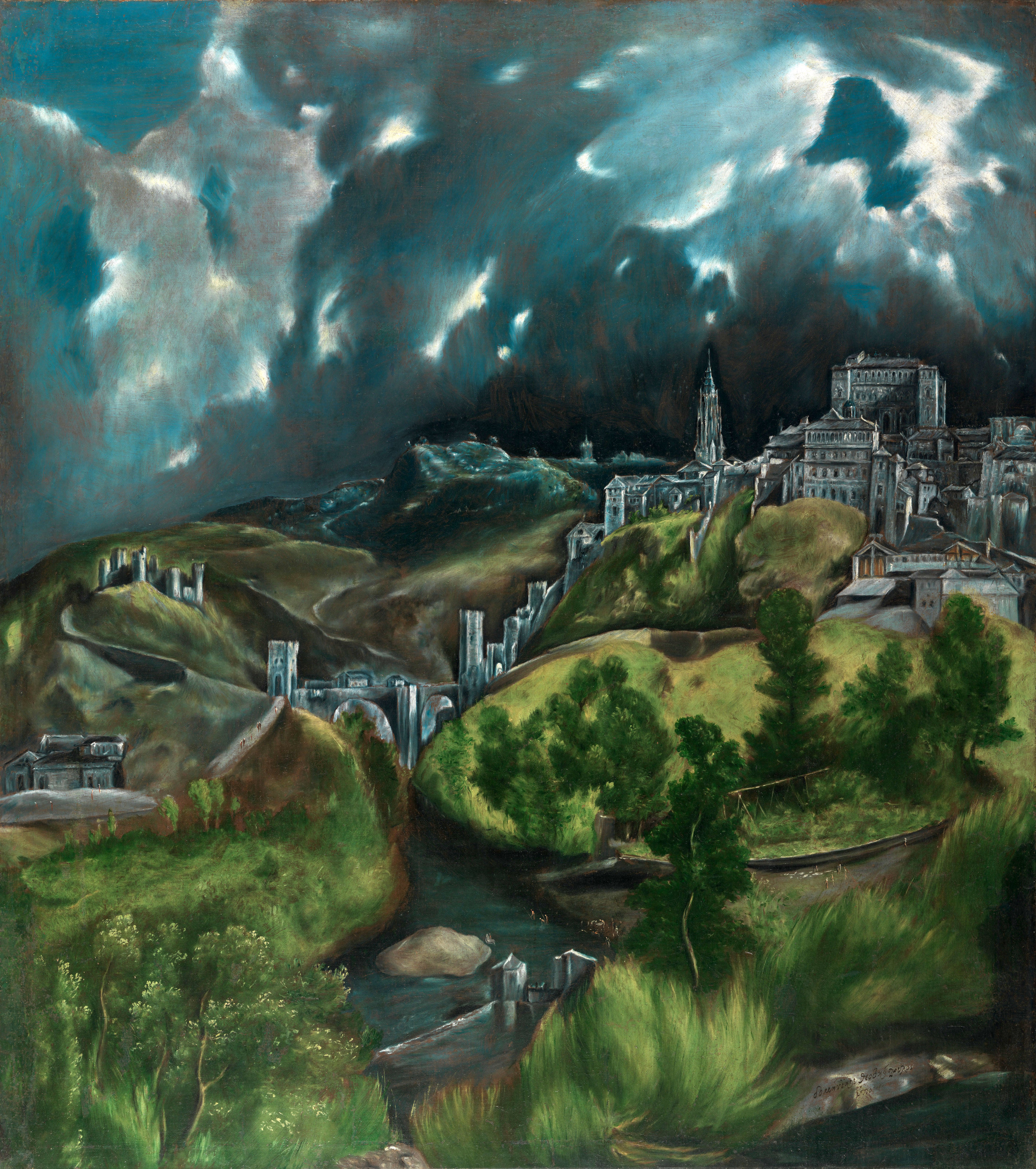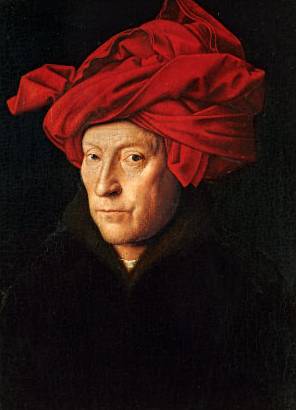
Rembrandt Van Rijn, Anatomy Lesson of Dr. Tulp, 1632, oil on canvas, 5' 3 3/4" x 7' 1 1/4"
This is a very famous piece of artwork that is illustrated in many books and forms that I know I have seen as far back as elementary school. There is great detail in the characters and shows the gruesome reality of how an anatomy lesson was demonstrated during the 1600's. Van Rijn paid close attention to the form of the bodies and the expressions on the faces of the observers in great detail. Overall the piece is very dark with the greatest amount of light on the bare body of the deceased man on the table.

Jacob Van Ruisdael, View of Haarlem from the Dunes at Overveen, 1670, oil on canvas, 1' 10" x 2' 1"
This is a beautiful depiction of the landscape of Haarlem in the late 1600's. There is a lot of detail in the front of the image and they fade out much how the eye would see the further the objects reach back into the image. The clouds are placed in the sky with great detail and they appear like they are floating freely on the canvas. I like the way the shadow of placed on the ground of the image with the sunshine peeking through the clouds onto the ground while some places are blocked by the clouds and remain shady.









